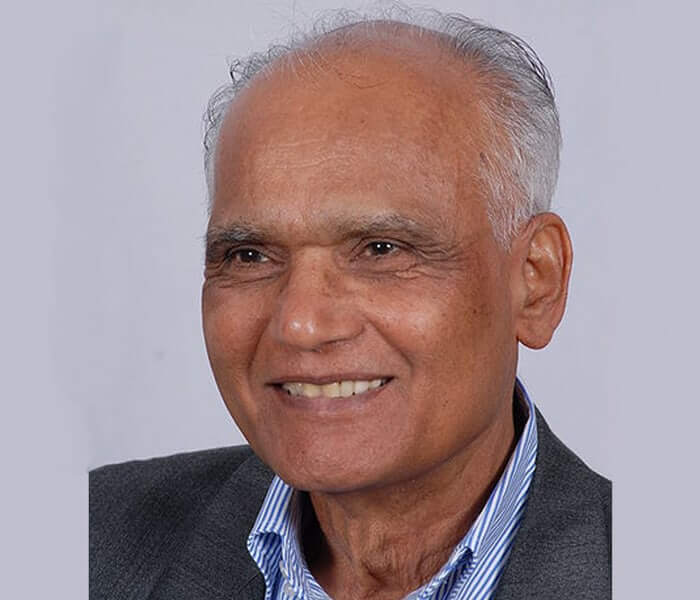Diphu March 13 2023: The formal declaration of finding important atomic mineral ores in north east India has created a furor in the national strategic sphere, informed sources say.
Discovery Location Unknown
The locations of the discoveries have not been revealed except for Platinum which many suspect is in the hills to the north of the small tri-junction township of Manja, around seventeen kilometers from Diphu, headquarter town of Karbi Anglong district, Assam.
The Mikir Hills Massif, a non-contiguous plateau, similar to the Shillong plateau has long been reported to be a repository of Alkaline Complex. The location of those deposits is named Samchampi in the northern hills that spread from Doboka to Kaziranga National Park.
Historic Discovery
The former Special Principal Chief Conservator of Forests in Karbi Anglong’s Forests and Environment department had found traces of Beryl and Barite in the vicinities of the Dejoo River near Salonah, in Naagaon District while he was working as an Assistant Conservator of forests early in his career.
This led to the confirmation of radioactive stones in the beds of the river. Reportedly, the Borjuri Proposed Reserve Forest was targeted for exploratory drilling by the Atomic Energy Commission but clearances from the Ministry of Environment and Forest and other related authorities were stopped.
It was quite obvious that some hush-hush ops were involved in the Pathan Quarry of the Dolamara area about the leakage of radioactive materials long ago. A specialist from Kolkata was known to have been sent to inquire about the matter.

Stome North East stone quarries may contain atomic mineral ores. Image by Chandrashekar Vittasandra from Pixabay
According to a source, the background radiation of some exposed quarries close to the Kaziranga National Park had reached about 30 REMs in past years.
Deposits of Gold also occur with atomic mineral ores such as Uranium and that may alter the very features of the lush green faces of the northern hills that we see today. These are the last frontiers of climate control in Assam.
Atomic Mineral Ore radiation Levels
Editor’s Note: REM is a measure of the effective dose of radiation. It takes the absorbed dose and adjusts it for radiation type and relative organ sensitivity. The result is an indicator of the potential for long-term health effects (i.e., cancer and hereditary effects) from exposure. It is used to set regulatory limits that protect against long-term health effects in a population. It also allows experts to compare anticipated health effects from different exposure situations. Because this value is a calculated approximation, not a physical quantity, it cannot be used to predict individual health effects. REM is the U.S. unit, and the international unit is sievert Sv. One REM is equivalent to 0.01 Seiverts. or 10 millisieverts. So the quarry measurement of 30RM is 300 millisieverts.
The international annual radiation dose limit for workers is 50 millisieverts (Sv) or 5 rem. During an emergency, the guidance for when to evacuate or shelter in place is when the total projected dose exceeds 10-50 millisieverts (mSv) or 1-5 rem over the course of four days.
According to radiologyinfo.org the lowest annual dose at which any increase in cancer is clearly evident is 100 millisieverts. 1000 mSv received in a single dose would cause non-fatal radiation sickness, including nausea, and a lower white blood cell count.




